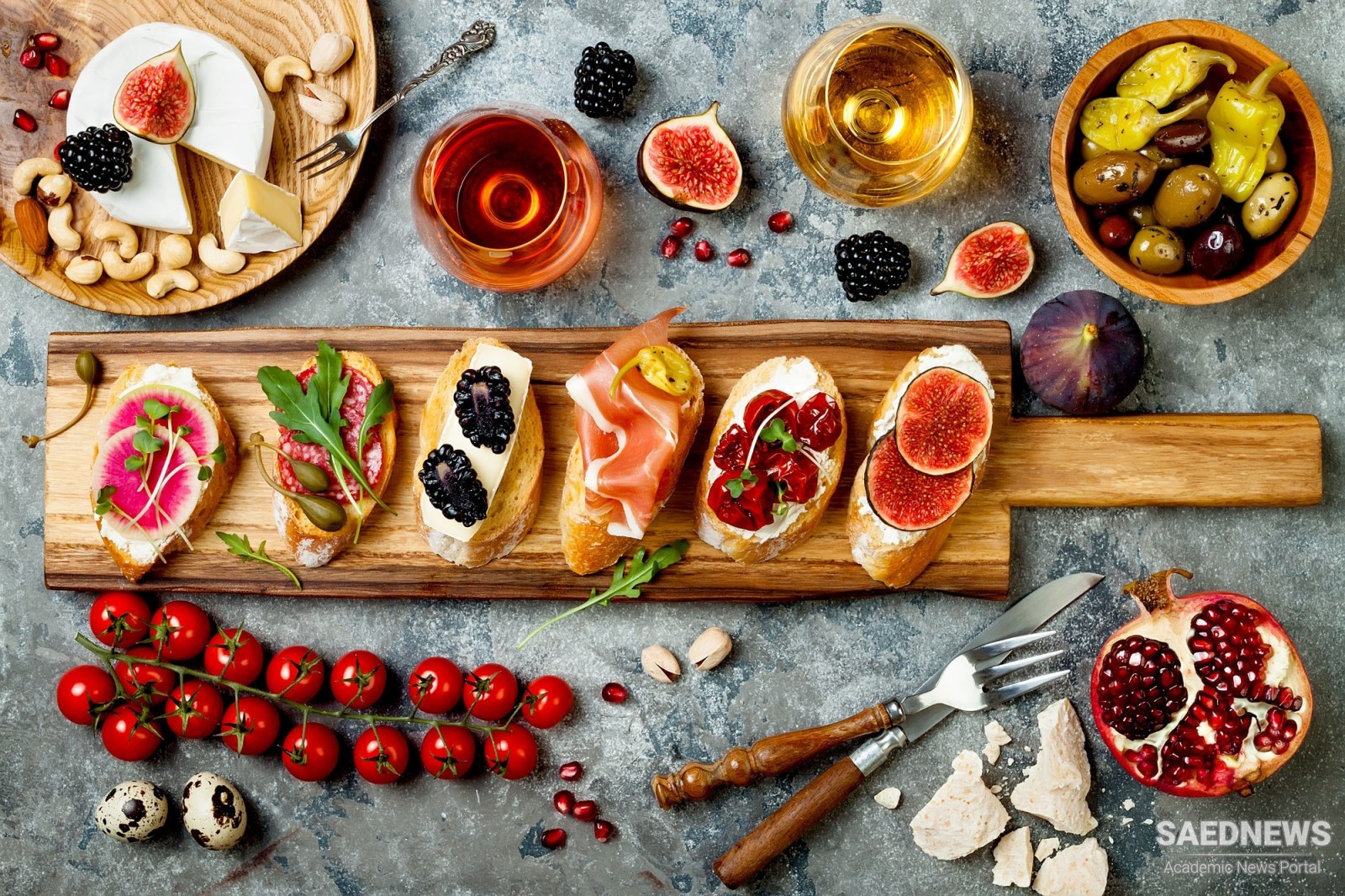Food in Italy is almost synonymous with family. Bowls of pasta are drizzled in love and sprinkled with nurture – can you blame the stereotypical Italian Mummy’s boys who stay living at home well into their thirties? Home cooks have traditionally held the keys to the very best Italian fare. Jacob Kenedy, owner of London restaurant Bocca di Lupo, talks of Italy’s ‘Nonna Problem’ in reference to the hegemonic status of mothers in the kitchen. Italian food has long experienced an unhappy tension between its domestic roots and the opportunity to become more glamorous or high end. True Italian food can seem too fundamentally rustic, too often the product of a moment at the stove, too much the result of a cook’s passing fancies or what’s in the larder to be groomed into the stuff of Michelin guides. Those who have made eating Italian food a more upscale dining experience in London – Giorgio Locatelli, Jacob Kenedy, Francesco Mazzei – have honoured the simplicity of authentic Italian cooking: the regions, the seasons, the mother figures, in elegant restaurants that have a strong concept of what they want to deliver. For Kenedy at Bocca di Lupo this means modestly sized dishes intended for sharing, giving diners the opportunity to try specialities from regions all over Italy. Francesco Mazzei even described the cuisine at his restaurant, L’Anima, as ‘Mama’s cooking with chef hats’.
Italian cuisine plays tricks on the non-native cook. Let us give you an example. This is an experience recorded by a famous chef of Italian cuisine: "We all know that a lot of Italian food is simple. But I spent years in pursuit of the perfect tomato sauce for pasta. To this day, spaghetti with pomodoro sauce is my favourite comfort food; I eat it at home and I eat it in restaurants, much to the bewilderment of various companions. Order something a bit more interesting! You can make that at home! But, you see, I couldn’t. Not with the same depth, the same richness or sweetness or wickedness that’s masked as remedial goodness. Why couldn’t I get it right? I tried everything – with and without garlic; with sliced onions, chopped onions and no onions at all; fennel seeds, better quality olive oil, milk (advocated by Nigella Lawson), cream (recommended by Martha Stewart), oregano, sugar – the works."


 Classic Orange Salad with Olives
Classic Orange Salad with Olives














































